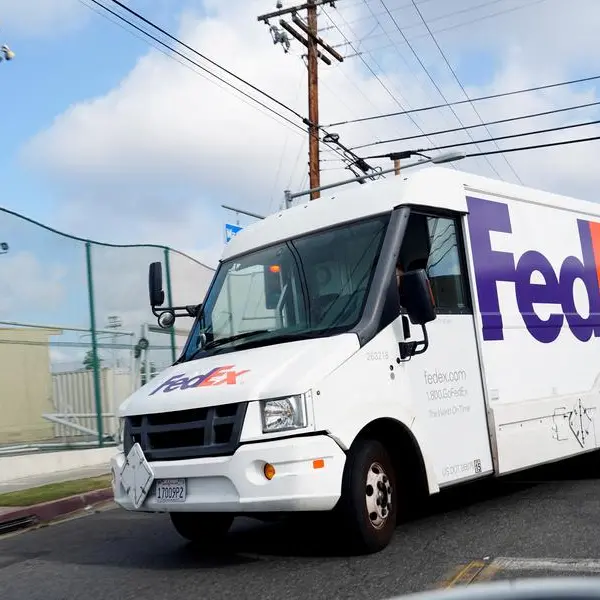Stephen Leonard, managing director of PIC Solutions looks at the challenges that face marketers in terms of trying to meet consumers' expectations for integrated, co-ordinated communications and relationship management
There is a significant amount of information available to the marketer in this age of Internet, ATMs, direct mail and telemarketing. The challenge is to integrate this contrasting information to get one view of the customer.
Recent studies have shown that almost half of traditional retailers have now acquired the ability to sell directly to their customer base over the Web. Most of those that have not done so yet, will within the near future.
A number of established catalogue-based companies have moved to broaden their reach by establishing traditional stores. Retailers that exist purely online are now also looking to the physical world as another outlet for expanding sales. They will do this for many reasons, especially for the added ability they will gain in leveraging their brand assets. Why not leverage this asset in as many ways, and across as many channels, as possible? The key things to look for are what is driving these trends and what is making them possible.
Technology continues to bring the power of the Web to more people, and the creation of non-PC Web devices seems unstoppable. Partnership opportunities flourish and make the migration to new channels easier than ever. Entire industries have been established to help willing companies to take the next step into new channels of marketing, delivery and customer services.
As stated already, one of the drivers of this is the desire to leverage well-established brands and brand names across more channels. Brands are extremely valuable assets, as the monetary value of a brand can be immeasurable. Companies are under constant pressure to improve return-on-assets, leveraging brand assets across more market venues makes solid business sense for many retail, catalogue, and consumer packaged goods companies.
In addition, consumers are demanding it. Increasingly, consumers expect the products, services and brands that they know to be available, wherever and whenever they need them. Consumers expect to find their trusted brand name retailers wherever it is convenient to find them; the Web, the local shopping mall or on their coffee table.
One of the key things to consider is what do consumers expect? One thing is for certain, they do not expect poor service when they shop online. They do not expect to be disappointed when they look online for the jacket that they saw in the store last week. They do not expect different levels of customer service, different return policies and inconsistent treatment across the channels. To them, a brand is a brand, and consistency is key.
So why is it that all marketers as far along in the channel integration game as they should be? The challenges that marketers face in meeting these expanding consumer expectations are many. The speed of the market itself, technology incompatibility, skill sets, and market expectations all play a role.
The newness of the Internet as a sales channel, the different skill sets required to manage it, and the organisational barriers that these introduce all provide obstacles to success. The right application of CRM technology can reduce the effects of these obstacles and pave the way for success.
Success requires a single customer view, regardless of whatever other organisational and/or functional obstacles have been created.
To do this business must do the following:
Gather and organise data across all customer touch points.
Create a single view of the customer and share that view across the organisation, however it is put together.
Focus research, analysis, and communications on customer needs and customer behaviour, not products or departments.
Many technologies exist that can help create this single customer view and leverage it to optimize channel contacts:
Central database, encompassing input from all touch points.
Applied analytics to optimise customer interaction across channels.
Communication with customers via the channel of their choice.
Campaign management that anticipates results, responding immediately to opportunities as they are created.
Companies are successfully integrating data across channels, creating a single customer view and then applying a variety of technologies to derive value from this data. These include statistically derived models, recommendation engines, strategy optimisation engines and sophisticated campaign management tools.
E-commerce technologies for capturing and organising data gained through Web interactions are productive. There are a number of companies that provide amazingly sophisticated and effective applications which enable merchants across all channels to optimise the supply chain. There are also many tools to capture and organise click-stream data, survey information and purchase history. What is consistently missing is the background and experience to apply direct marketing expertise to this information, in order to leverage its value across all the channels that the retailer serves.
The organisational separateness of the web-based business of retailers makes this process more difficult. Staffed with technology experts and fast-moving, risk-taking entrepreneurs, e-commerce companies are well equipped to build their infrastructure and their supply-chain management capabilities, but more often than not, they are not taking a customer-centric view of their business.
The customer-centric retailer is different from the traditional, product-0focused retailer in many categories:
They tend to operate in a network fashion as opposed to a hierarchical methodology.
They tend to view knowledge as a more critical asset than size or saturation in building their channels' powers.
They view their intangible assets as more critical to their business than their tangible assets (inventory and real-estate).
They view their knowledge capital as more leveragability than their financial capital.
They manage more effectively through collaboration than control.
Their merchandising is customer directed, and not driven by buyers or purchasing.
In conclusion, the retailers that are practising these principles are gaining from the approach in a number of ways:
First, they are able to take advantage of all the channels that are available to them in the market place, instead of traditionally limiting themselves to one, or at most two, channels.
Secondly, they are able to dramatically improve customer value and loyalty through the fact that the retailer is far more accessible to the customer. In addition, the amount of information that the retailer holds on a specific individual is far more in-depth than it previously would have been. This allows the retailer to target specific groups of potential customers with the relevant marketing material.
Thirdly, the retailer that has already achieved a successful brand name will be able to capitalise on this by exploiting all of the channels that are open to it. Therefore, advantage is taken of the ability to leverage the brand assets.
Finally, what it all comes down to in the end is that the retailer is able to improve profitability and market share. This is achieved, as the retailer is now able to target a far wider range of customers, thus opening it up to far greater opportunities.
© Banker Middle East 2007




















